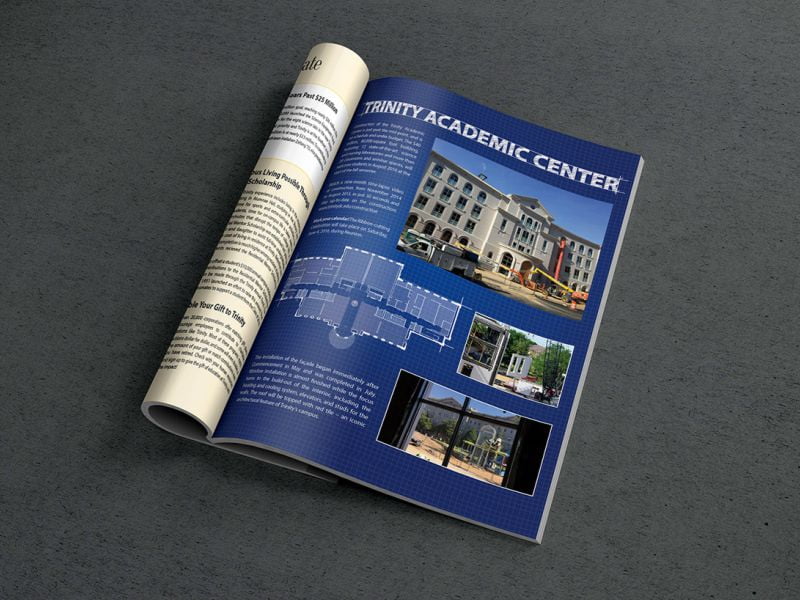Magazines have long played a pivotal role in the art world, serving as both a platform for showcasing creativity and as a vital nexus for the exchange of ideas and culture. From the early days of print to the digital age, magazines have been instrumental in shaping the art discourse, promoting artists, and bringing the visual arts to a broader audience. Historically, art magazines have served as a crucial link between artists and the public. In the late 19th and early 20th centuries, publications like The Studio in the UK and Camera Work in the United States were at the forefront of introducing avant-garde art movements to the world. These magazines not only provided artists with a space to display their work but also contextualized their art within broader cultural and philosophical discussions. By featuring critical essays, interviews, and reviews, these magazines created a dialogue around art that was accessible to both experts and enthusiasts, fostering a deeper understanding and appreciation of the arts.

The visual aspect of magazines is particularly significant in the art world. High-quality reproductions of artwork in magazines allow readers to experience art in a way that might not otherwise be possible. For many, these images serve as their first introduction to a particular artist or movement. In this sense, magazines act as a gallery that can be experienced anywhere, democratizing access to art. The curated selection of works within each issue offers a snapshot of contemporary art, reflecting the current trends and concerns of the art community. Through this lens, magazines help to shape the public’s perception of what is considered important or cutting-edge in the art world. Moreover, magazines provide a platform for emerging artists to gain visibility. In a highly competitive field, where gallery representation can be difficult to secure, being featured in a respected art magazine can be a significant career milestone. This exposure not only helps artists to reach a wider audience but also lends credibility to their work. For many artists, a magazine feature can be the catalyst that propels their career to the next level. Additionally, magazines often serve as incubators for new ideas, offering artists a space to experiment and take risks with their work.
The role of magazines in the art world has evolved with the advent of digital media. Online publications and digital versions of traditional print magazines have expanded the reach of art content, making it accessible to a global audience. This shift has also allowed for more dynamic and interactive content, such as video interviews, virtual exhibitions, and multimedia presentations. Despite the challenges posed by the decline of print media, Magazine’s for world have adapted by embracing these new technologies, ensuring that they remain relevant in the digital age. In conclusion, magazines have played an essential role in the art world by showcasing creativity, fostering dialogue, and providing a platform for both established and emerging artists. They have shaped the way we perceive and engage with art, making it more accessible to the public and contributing to the ongoing evolution of art and culture. As the art world continues to change, magazines will undoubtedly continue to adapt and serve as a vital medium for the promotion and celebration of creativity.